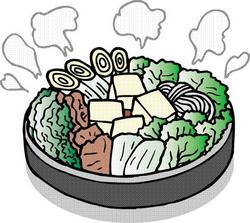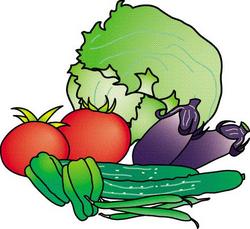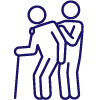- Yokohama-shi Top Page
- Minami Ward Top Page
- Health, Medical Care and Welfare
- Health and Medical Care
- Food safety
- In order to prevent food poisoning
Here's the text.
In order to prevent food poisoning
Last Updated March 11, 2019
In order to prevent food poisoning
Food poisoning at home is often a small number of patients and may not be aware of food poisoning. In some cases, treatment may be delayed without noticing food poisoning and may become severe, so prevention of food poisoning at home is very important.
The "Five Keys for Making Food Safety" introduced here are published by the World Health Organization (WHO), one of the specialized agencies of the United Nations, as a key point for preventing food poisoning at home. It has been translated and used in more than 25 countries.
If it is assumed that it is safe, the meal is really fun.
Most food poisoning can be prevented with simple precautionary measures. Use the following five points to get a safe and enjoyable diet.
The first key, "Keep Clean."

Food safety starts with keeping it clean.
Microorganisms that cause food poisoning can be found in various places of daily life, including soil, hair, skin, and nose. These microorganisms also exist in raw ingredients (raw meat, eggs, seafood, vegetables, fruits, etc.), from which they transfer to hands, towels, cooking utensils, cutting boards, etc., eventually contaminate food. And can cause food poisoning.
- Wash your hands frequently not only before handling food or after going to the toilet, but also during cooking.
- During cooking, be careful not to touch places that may be contaminated by microorganisms, such as nose, mouth, and hair.
- Wash and disinfect cooking utensils thoroughly.
- Protect kitchens and ingredients from damage caused by rats, insects, etc.
The second key is to separate raw food and heated food.
Raw ingredients, such as meat and seafood, may contain microorganisms that cause food poisoning. The transition of microorganisms from one food to another is called "crosss contamination", but by preventing contamination from being transferred from raw ingredients to heated food, the likelihood of food poisoning can be reduced.
- Raw meat and seafood should be handled separately from other ingredients.
- Use cooking utensils, such as kitchen knives and cutting boards that handle raw food separately from cooking utensils used for heated foods.
- Store raw food and heated food in a separate container.
The third key, "heat well."

Proper heating is one of the most effective ways to kill microorganisms that cause food poisoning. Food can be safely eaten by heating the food at 75 ° C for 1 minute.
- Heat food, especially meat, eggs and seafood, should be heated well.
- ・Foods like soups and stew should be heated until they boil. When it comes to meat, make sure that the gravy is transparent and not pink. It is ideal to use a thermometer.
- Special care must be taken when minced meat, large lumps of meat, and whole chickens.
- Reheat the cooked food well.
The fourth key, "Keep at a safe temperature."
Many people first smell before eating lunch in summer and make sure that it is not rotten. However, it is not possible to judge whether the food is safe because the smell of the lunch box. If food is stored at room temperature, microorganisms can grow rapidly. By keeping the temperature below 5 ° C or 60°C, it is possible to slow or stop the growth of microorganisms.
- Don't leave cooked food at room temperature for more than 2 hours.
- Cool it quickly when storing cooked and fresh foods.
- Don't store food in the refrigerator for a long time.
- Do not thaw frozen foods at room temperature.
The fifth key, “Using Safe Raw Materials”

Poisonous chemicals may be produced in foods that are moldy. Careful selection when selecting raw materials, the risk of food poisoning can be greatly reduced by simple processing such as cleaning and peeling.
- Let's sort fresh and high-quality foods referring to date indication.
- Wash the fruits and vegetables, especially if you eat raw.
- Let's throw away food that you think is irritating.
For inquiries to this page
Minami Ward Health and Welfare Center Health Sanitation Division
Phone: 045-341-1191
Phone: 045-341-1191
Fax: 045-341-1189
Email address: mn-eisei@city.yokohama.jp
Page ID: 988-309-186












